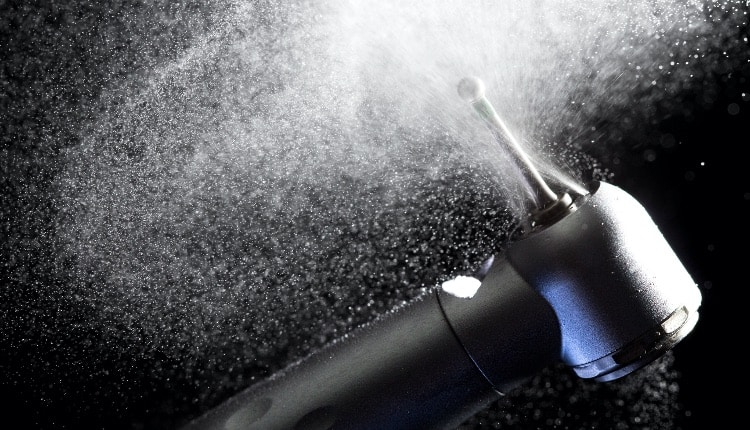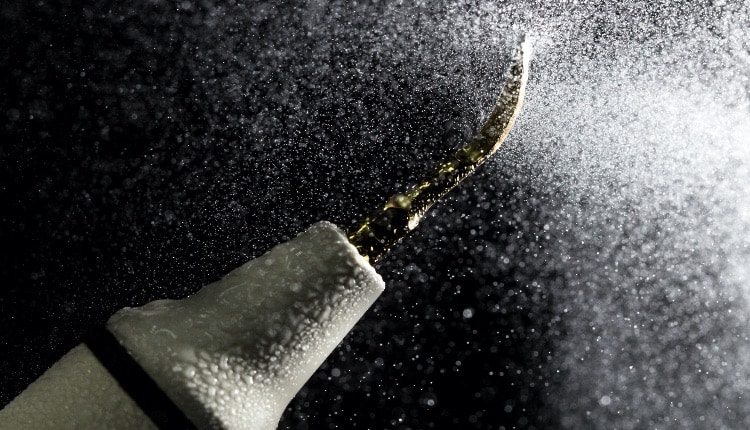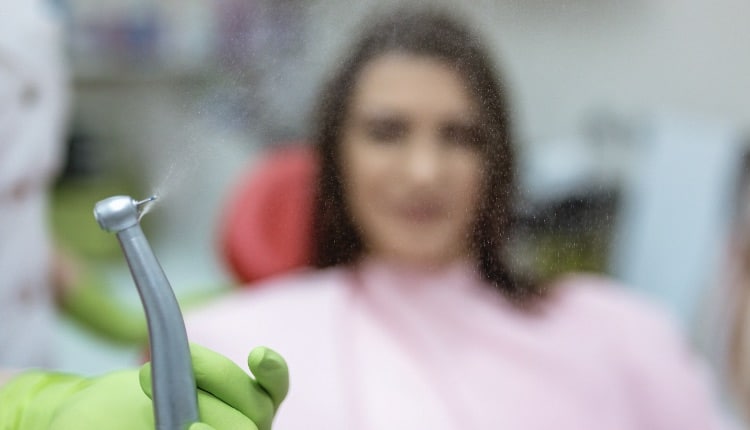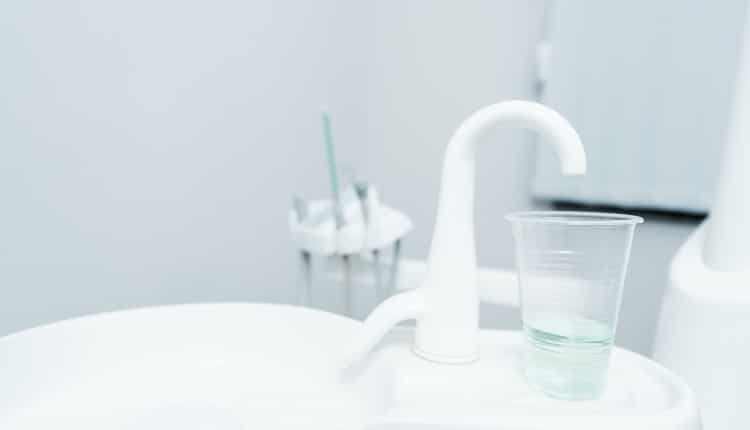
Maintaining safe dental unit waterlines (DUWL) for all items connected to air or waterlines (handpieces, ultrasonics, and air/water syringes) is critical to ensuring patient and practitioner safety. The United States Environmental Protection Agency (EPA) sets standards for safe drinking water at ≤ 500 colony forming units (CFU)/mL. The US Centers for Disease Control and Prevention (CDC) Guidelines for Infection Control in Dental Health-Care Settings—2003 state that bacterial counts in DUWLs for nonsurgical procedures should be “as low as reasonably achievable” and must minimally meet the EPA drinking water standard of ≤ 500 CFU/mL.
Photo Credit: RichLegg / E+

Recommendations for Safety
To ensure DUWLs meet EPA standards, the Organization for Safety, Asepsis, and Prevention (OSAP) and the CDC recommend the following:
- 1. Consult with your dental unit manufacturer for directions on DUWL products and protocols and to ensure proper maintenance scheduling.
- 2. Use commercially available devices, products, and procedures, including self-contained water reservoirs designed to isolate water from municipal supplies; chemical treatments intended to inactivate biofilms; cartridges designed to kill bacteria and prevent biofilm attachment; in-line microfilters; or a combination of these.
- 3. Utilize safe source water (≤ 500 CFU/mL), including, tap, distilled, or sterile water.
Photo Credit: MichaelSapryhin / iStock / Getty Images Plus

Additional Strategies
To ensure DUWLs meet EPA standards, OSAP and the CDC recommend the following:
- 4. Self-contained water reservoirs must be maintained according to manufacturer instructions or they will rapidly become contaminated. Self-contained water alone will not eradicate biofilm formation, so controlling the quality via devices, products, or procedures is necessary.
- 5. Flush all DUWLs for 20 seconds to 30 seconds between patients to remove any possible contaminants from the previous patient. Most dental units are equipped with anti-retraction valves to prevent “suck-back” of contaminated fluid. Even with these valves, flushing for 20 seconds to 30 seconds is still recommended. There is no longer a need to flush DUWLs for 1 minute to 2 minutes at the beginning of the day, as evidence suggests that firmly adherent biofilms are not dislodged by flushing alone. As such, flushing for 20 seconds to 30 seconds is adequate to clear stagnant lines. Flushing alone, however, does not qualify as good quality control.
Photo Credit: MichaelSapryhin / iStock / Getty Images Plus

Education Is Key
All clinical staff members should be educated about dental unit water safety, biofilm, water treatment, and dental unit maintenance, including monitoring water quality. Such monitoring helps determine the safety of outgoing DUWL water and staff compliance with monitoring schedules. Manufacturers should be consulted for proper instructions to maintain safe water standards. Monitoring can be achieved with either commercial water testing products/kits used in the office, or with laboratory testing services. In-office testing products are easy to use, which may increase compliance, but they may not provide consistent results compared with laboratory testing. A list of commercial testing products and services cleared by the US Food and Drug Administration (FDA) is available at: ada.org/en/member-center/oral-health-topics/dental-unit-waterlines.
Photo Credit: FluxFactory / E+

Shock Treatments
Once DUWL quality is determined, initial, periodic, or continuous chemical “shock” treatments are recommended to enhance the performance of products and to reduce or eliminate biofilm. Some products are used periodically to reduce or eliminate biofilm, while others provide continuous chemicals in the waterline to deter biofilm formation. After shock treatments are administered, routine maintenance procedures should be followed according to manufacturer instructions. These may include daily, weekly, quarterly, and/or annual recommendations.
Photo Credit: LightFieldStudios / iStock / Getty Images Plus

Ensuring Compliance
Compliance is important, regardless of which product(s) or testing method for maintaining and monitoring DUWLs is used. CDC guidelines do not outline specific procedures for monitoring. Monitoring is dependent on the clinical staff, as well as manufacturer recommendations.

